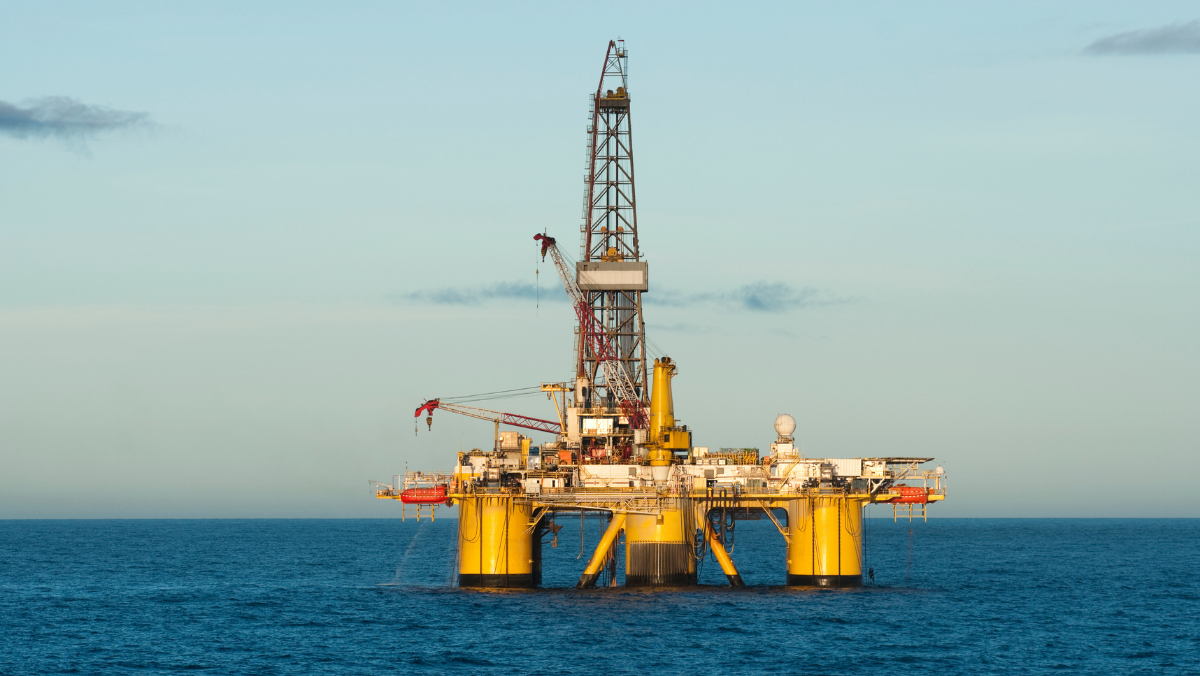Navigating Depths: The Vital Role of Depth Conversion in the Oil and Gas Industry

In the intricate world of oil and gas exploration and production, accurate subsurface imaging is paramount. Depth conversion calculator stands as a cornerstone technique, seamlessly translating seismic data into precise depth measurements. Continuously evolving and indispensable, depth conversion plays a pivotal role in guiding critical decision-making processes throughout the industry. This article explores the enduring significance of depth conversion seismic and its continuous utilization in the oil and gas sector.
Understanding Depth Conversion
Depth conversion is a geophysical process that transforms seismic data, typically acquired in time measurements, into depth measurements. It accounts for variations in subsurface velocity and converts seismic travel times into depth values, enabling geoscientists and engineers to accurately map geological structures and identify potential hydrocarbon reservoirs. By bridging the gap between seismic time and geological depth, depth conversion provides crucial insights into subsurface structures and facilitates informed decision-making in exploration, reservoir characterization, and field development.
Essential in Exploration
In the quest to unlock new hydrocarbon reserves, exploration teams rely heavily on accurate subsurface imaging. Depth conversion plays a pivotal role in this endeavour by providing precise depth maps of subsurface structures and stratigraphy. By accurately positioning potential reservoir targets in depth, explorationists can optimize well placement and minimize drilling risks. Additionally, depth-converted seismic data facilitates the identification of structural traps, fault networks, and stratigraphic features, enabling exploration teams to prioritize high-potential prospects and allocate resources efficiently.
Enhancing Reservoir Characterization
Once a reservoir is discovered, thorough characterization is essential for optimizing production and maximizing recovery. Depth conversion contributes significantly to reservoir characterization by providing accurate depth maps of reservoir boundaries, faults, and fluid contacts. This information is critical for reservoir modelling, dynamic simulation, and reservoir management decisions. Depth-converted seismic data also enables geoscientists to correlate well data with seismic images, calibrate reservoir models, and assess reservoir uncertainties, ultimately enhancing reservoir understanding and guiding development strategies.
Supporting Field Development
In the field development phase, depth conversion continues to play a crucial role in optimizing well planning and field management. Accurate depth maps derived from depth conversion serve as a foundation for well trajectory design, reservoir monitoring, and production optimization. By integrating depth-converted seismic data with production data and reservoir performance metrics, engineers can identify bypassed pay zones, optimize infill drilling programs, and implement enhanced oil recovery strategies with confidence. Depth conversion thus facilitates efficient field development and maximizes hydrocarbon recovery over the life of the asset.
Continuous Evolution and Innovation
As technology advances and exploration targets become increasingly complex, depth conversion techniques evolve to meet industry demands. Advanced algorithms, high-performance computing, and machine learning algorithms are continuously applied to enhance the accuracy and efficiency of depth conversion processes. Additionally, integration with other geophysical data, such as gravity and magnetic data, further enhances subsurface imaging capabilities. Continuous research and development efforts ensure that depth conversion remains a robust and indispensable tool in the oil and gas industry’s arsenal.
Depth conversion stands as a cornerstone technique in the oil and gas industry, providing crucial insights into subsurface structures and guiding decision-making processes throughout the exploration and production lifecycle. From exploration to reservoir characterization and field development, accurate depth mapping derived from depth conversion facilitates efficient resource discovery, optimal reservoir management, and enhanced hydrocarbon recovery. As the industry continues to evolve, depth conversion will remain a vital component, driving exploration success and maximizing the value of hydrocarbon assets worldwide.

